As before, no quick reply option, my questions are purely about the hybrids,nothing to do with the quote on this message. Anyway i was wondering if there was any difference in the growth rate, pre-hatching and post hatching, as there can be differences in growth rate between the different colour morphs of a.mexicanum,(raising some slow growers at moment,). Having witnessed different growth rates, just wondered if you had seen any difference, hatching time, was this 14 days onwards? did the eggs look unusual in anyway? were they as docile/unagressive as hatchlings,. your photos are nice, they seem to look very much A.anderson, colouration and do they have a slimmer appearance, just like A,anderson. Great thread, causing a little stir up, as all hybrids do, even though the first an second posts by yourself and bellabello stated they stay with yourselfs till the end. Just the right kind of research needed to stop fakers making money. Being a dog owner, and breeder, the only reason for breeding is if it will improve the breed, so obviously this hybridisation does not improve the A.anderson, does it improve A.mexicanum??!


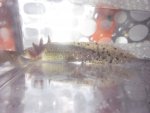
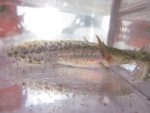
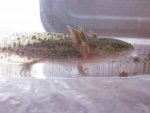
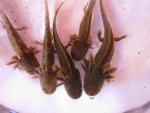

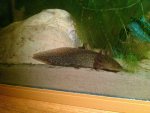
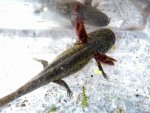
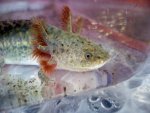
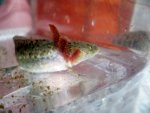
 Asian Newt Group
Asian Newt Group